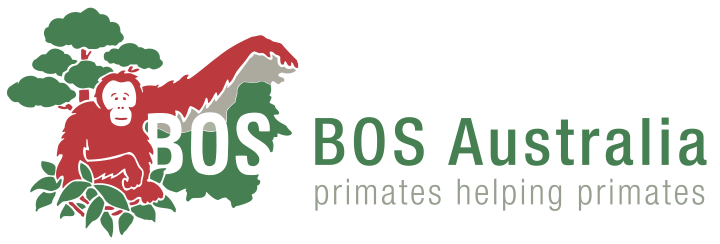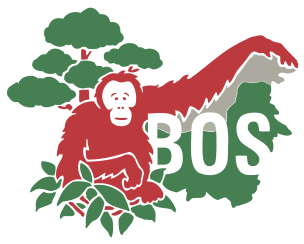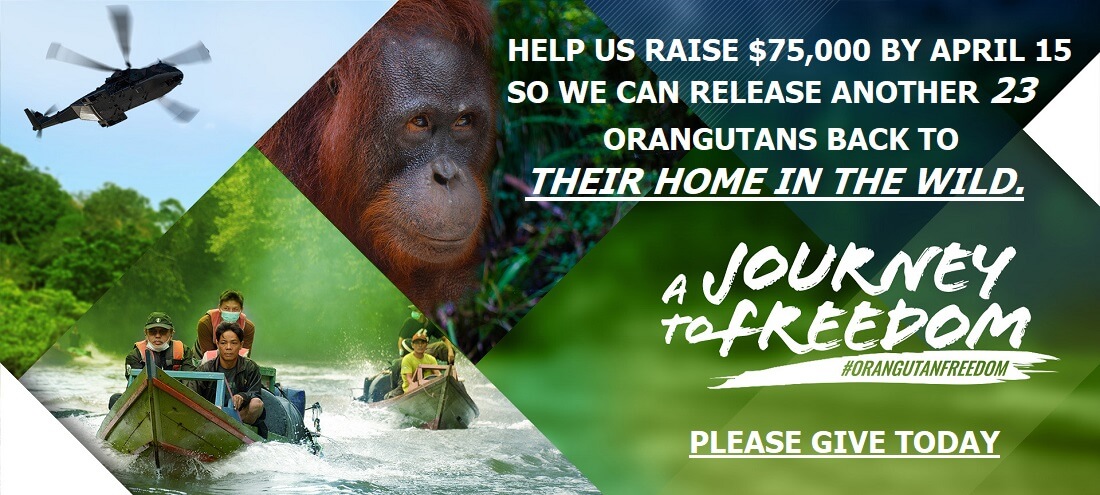Sun Bear Sanctuary
In addition to caring for and rehabilitating orangutans, the Borneo Orangutan Survival Foundation (BOS Foundation) also takes care of 76 sun bears. The sun bears at the Samboja Lestari Rehabilitation Centre in East Kalimantan, were entrusted to BOS Foundation by the East Kalimantan and Central Kalimantan Natural Resources Conservation Agencies. We have been taking care of sun bears since 1998.
Sun bears, the smallest bears in the world, are well known throughout their native range of Borneo, Sumatra, and Southeast Asia. The subspecies resident of Borneo is the smallest of the bunch with females weighing on average, 25 kg and males at 40 kg. Despite their small size, they are no less intimidating with the longest canine teeth relative to skull size of any living bear.
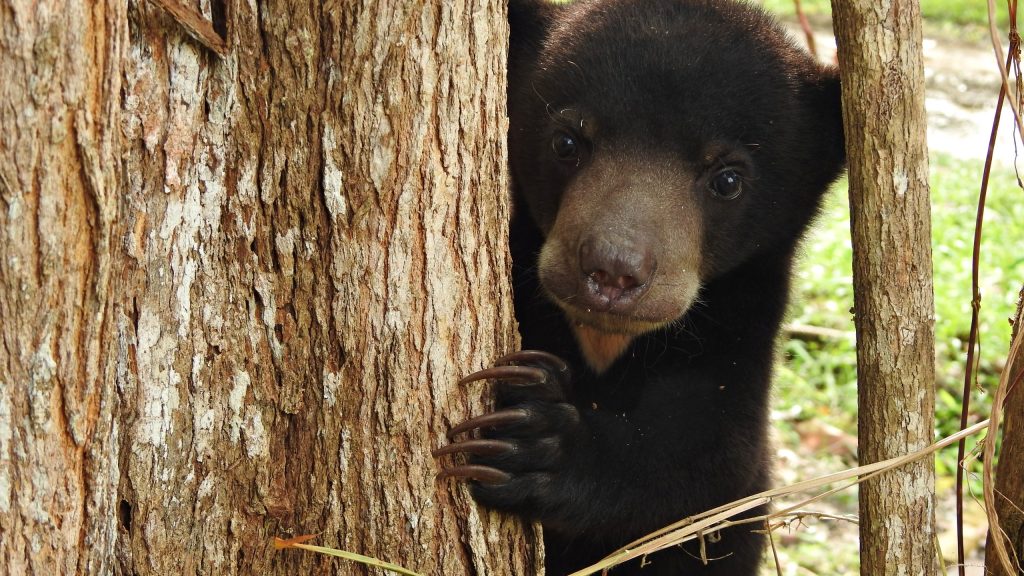
These intimidating teeth, in conjunction with a strong bite force and extremely long tongues, are necessary for them to access all of the food on offer in the forests of Borneo. As generalist omnivores, they need to be able to eat everything from insects and honey to fruits and the occasional small animal.
Sun bears, like orangutans, spend most of their days in the trees and by themselves. The range of just one bear can be anywhere between 7 and 27 km across their forest homes. While sun bears have been spotted in agricultural areas that border forests, evidence shows that they do rely on intact forests for survival. And in the reverse, the forests also rely on them.
As a keystone species, the presence of sun bears is vital to the healthy functioning of their forest homes. When they use their long claws to dig out their meals, they not only create homes for smaller animals, such as squirrels and hornbills in trees but also drive nutrient cycling as they turn over soil, contributing to forest regeneration. Their mixed diets of insects and fruits also mean they serve as both pest control and seed dispersers!
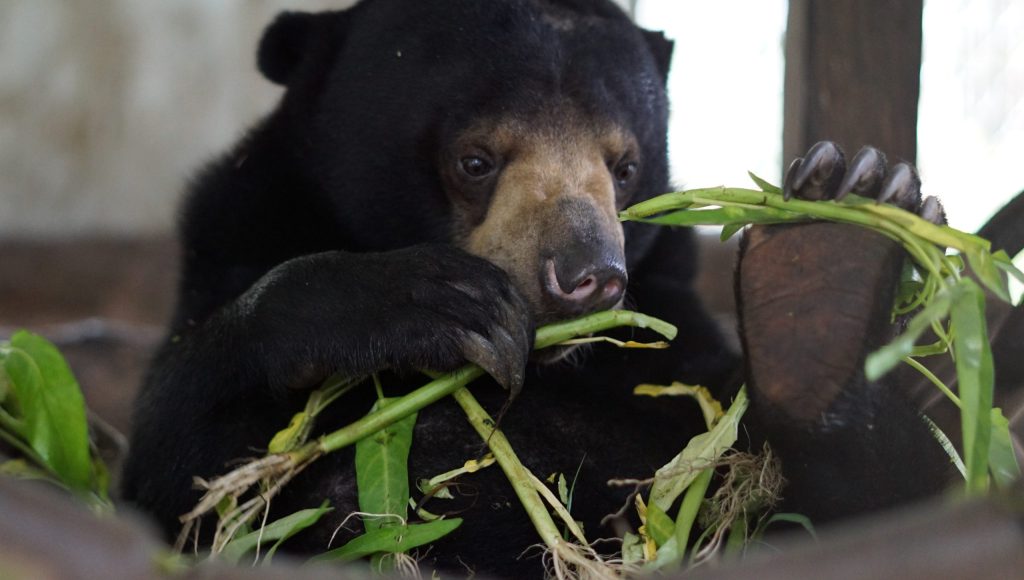
Despite their ecological importance, the IUCN lists sun bears as Vulnerable to Extinction and they are part of the Appendix 1 of CITES. These listings, indicative of the potential for the species to go extinct, are due to the estimated 35% decline in their geographic range over the last 30 years. This vast deforestation is exceptionally detrimental for a forest-dependent species such as sun bears that cannot live on degraded landscapes. Furthermore, sun bears are also hunted commercially, primarily for their bile production, paws, teeth, bushmeat, and the illegal pet trade; killed in cases of human-wildlife conflict; and vulnerable to hunting snares intended for other species.
To directly address the threats to the survival of sun bears, what remains of their native habitat needs to be given conservation priority and an international effort must be undertaken to enforce the existing regulations and bring a halt to the illegal trade. To end the supply and demand, education and awareness-raising activities should focus both on populations that hunt the bears and the populations that demand bears as pets and their parts for use.
For rescued sun bears, the rehabilitation and reintroduction of ex-captive individuals is especially tricky. Past attempts at reintroduction have been limited and failure is common due to a lack of survival skills, killings by the resident wild bears, and killings by humans as the rehabilitated bears are more likely than their wild counterparts to wander into human settlements.
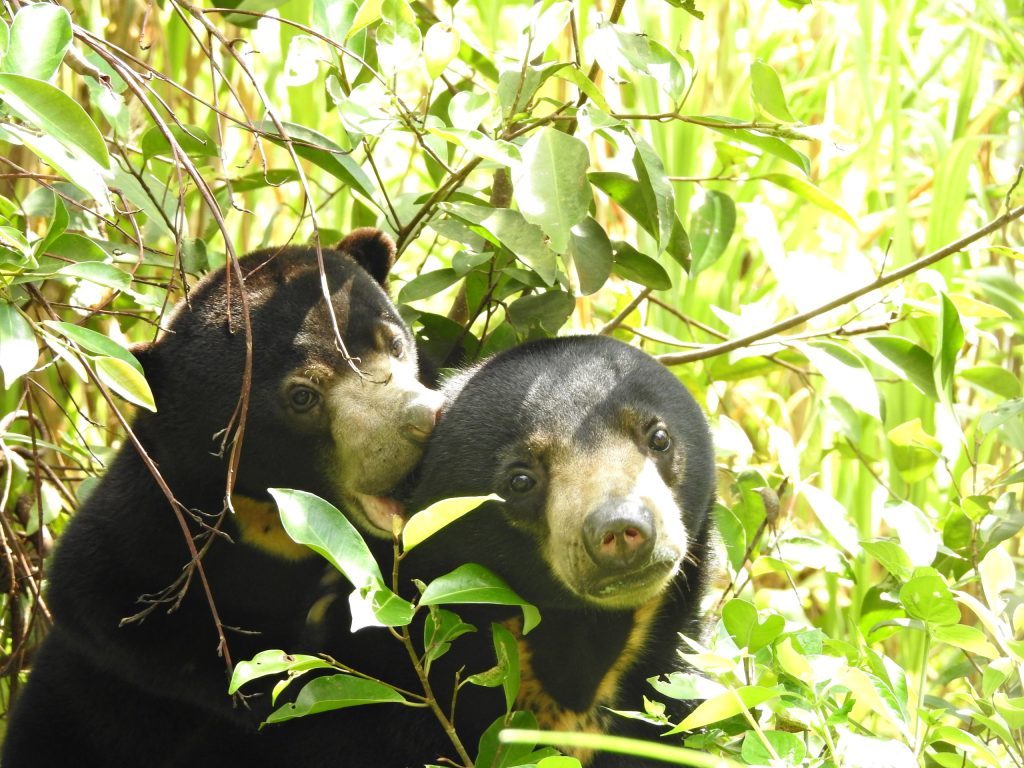
The sun bears in our care require lifetime sanctuary, just like many of the orangutans at Samboja Lestari, and therefore, we apply the same animal welfare principles and implement training programs to help physically rehabilitate them. When left undisturbed in the wild, sun bears start learning survival skills from their mothers from the time they can see, walk, smell, and hear, at around five months of age. So when an orphaned cub comes into our care, they will often receive around the clock – 24 hr care for many weeks, until they are able to be transferred to the sanctuary along with other bears. At the sun bear sanctuary we implement a training program to teach:
- transport cage use – so that sun bears can be moved between enclosures without the need for tranquillisers,
- target training – involves teaching sun bears to follow a target on a stick to move them from place to place in a relaxed and calm manner,
- electric fence awareness – to stop the sun bears from trying to escape enclosures.
With the destruction of sun bear habitat driven by demand from around the world, it falls on all of us to take a stance. We may have started with orangutan conservation, but the Borneo Orangutan Survival Foundation calls on you to stand with us and demand a future for all sun bears.
